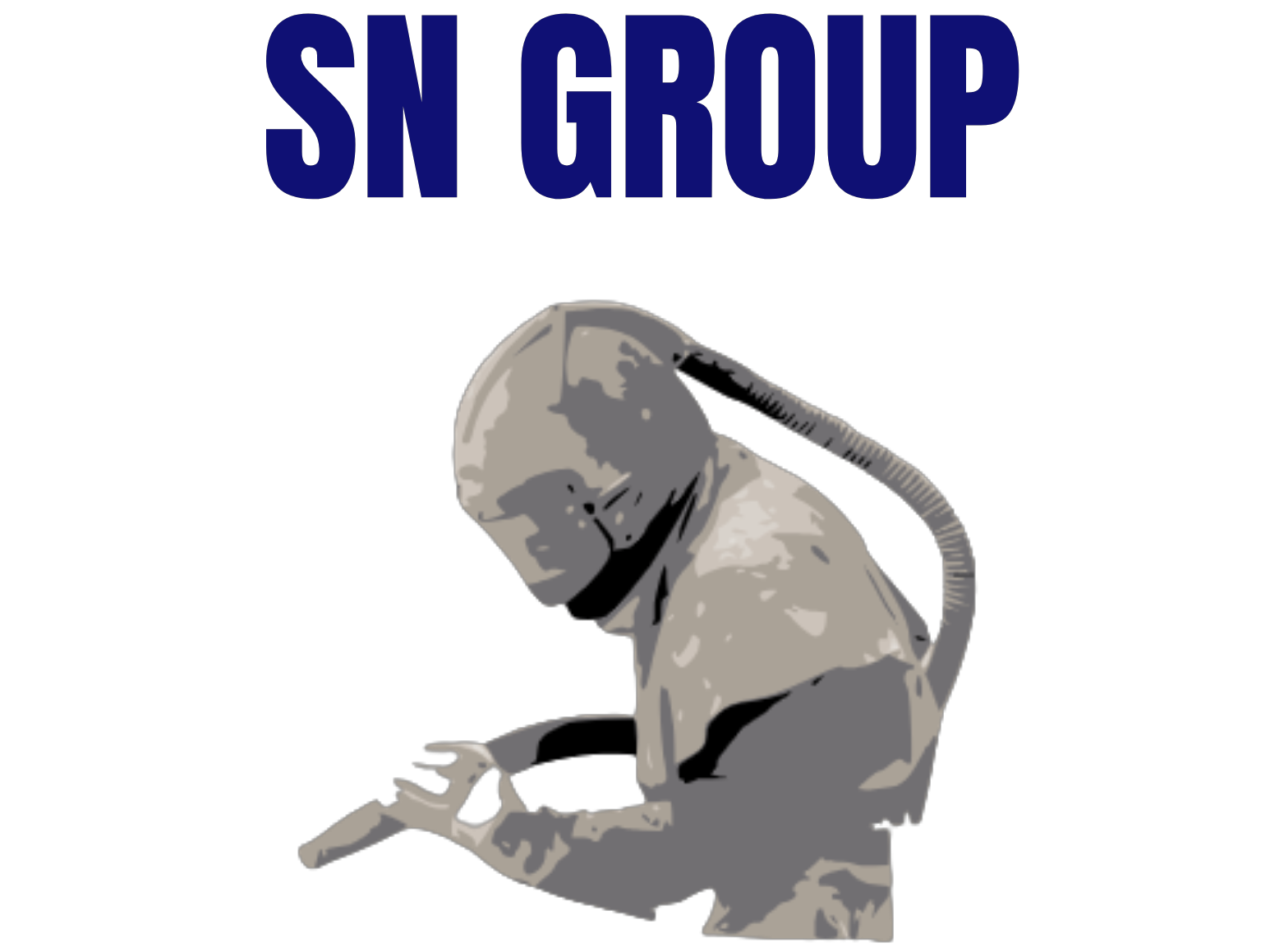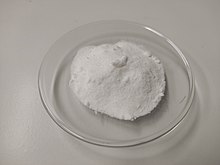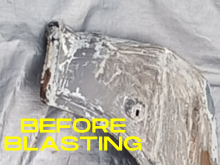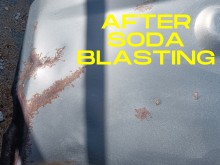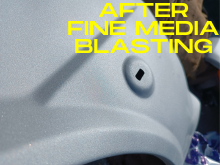Help and FAQs
Home | Help
Welcome to our Sandblasting & Powder Coating FAQs and Help Page – Your Expert Partner in Mgarr, Malta!
At SN Group, we’re dedicated to providing top-tier sandblasting, sodablasting, primer application and powder coating services in Mgarr. Dive into our concise FAQs to find out more about our processes, materials, and applications. Located centrally in Mgarr, we stand as your local source for precision surface solutions.
1. Soda vs Sandblasting (A common misconception)
Soda blasting employs the same process as sandblasting, but it specifically uses an abrasive known as sodium bicarbonate, which is an extremely fine media. Unfortunately, there exists a misconception about soda blasting in Malta, where it is commonly used to describe sandblasting with fine media primarily intended for automotive purposes, such as cars. True sodablasting, however, does not eliminate rust; its primary function is to remove paint. In most cases, it is recommended to opt for sandblasting with very fine abrasives, comparable to or even finer than soda, as it results in a more desired finish compared to authentic soda blasting. An additional benefit of using fine media blasting is its cost-effectiveness compared to soda. If you require further information on soda versus sandblasting, feel free to contact us, and we will be happy to address your questions!
1: This is Real soda. Other fine medias which are usually preferred are available in different colours. (Picture Reference)
2: A Mudguard in its original condition
3: Mudguard after soda blasting (Rust is not removed)
4: The same mudgaurd after fine media blasting.
2. What materials can be blasted and what can be removed? (Can rust be removed?)
We blast a variety of surfaces, with a primary focus on automotive materials, typically aluminum or metal, and metal works like railings and spiral staircases. However, blasting services are also used for other surfaces such as buildings and wood. The materials that can be removed vary based on factors like pressure and the type of abrasive used. Rust, old paint, galvanizing, chrome, and others are all removable. By adjusting settings, we can also effectively remove old paint while minimizing the removal of galvanizing. Unfortunately, the removal of powder coating presents a greater challenge and tends to be more expensive compared to removing other types of finishes through sandblasting.
3. Can sandblasting warp metal?
The structural characteristics of the item play a crucial role in the blasting process. It’s essential to begin by explaining the impact of blasting on the material. When the abrasive contacts the surface, it generates heat and induces slight surface expansion, posing a risk of warpage if not carefully regulated.
Flat sheets: For thin materials to prevent warping, it’s imperative to execute an even and correct blasting on both sides, especially if external support is lacking.
Thin automotive surfaces (bonnet): In cases where a bonnet possesses inherent support, blasting the underside is typically avoided due to the heightened risk of warping. Thin body panels, like a car roof, require a case-by-case assessment.
We make every effort to steer clear of warping issues and assume responsibility for any warping that may occur unless explicitly communicated to the client before commencing the work. Jobs with a high likelihood of warping are declined to ensure client satisfaction.
4. Where can I Sandblast in Malta? (Who offers sandblasting?)
Here at SN Group we offer soda and sandblasting, primer application and powder coating. We are located in Mgarr, Malta, but we also offer pick up/delivery as well as disassembly/assembly on some projects such as railing restorations.
5. How sandblasting works and what it is?
Sandblasting entails propelling media or abrasives at high speeds to eliminate contaminants, old coatings, rust, or imperfections from surfaces. This process relies on a sophisticated system and continuous adjustments to achieve optimal conditions, considering factors such as the type of abrasive, the roughness and shape of the abrasive, and the pressure applied, among others. The selection of these variables is dependant on both the material being blasted and the material targeted for removal. For instance, distinct abrasives are employed for aluminum, a softer material compared to iron.on.
6. What media is best for my project?
The best media for your project depends on various factors like material, thickness, and specific requirements. Different abrasives are suited for different applications, making it a broad consideration. We will recommend the best abrasive depending on what objects will be sandblasted.
7. Is Sandblasting Expensive?
The expense can depend on many factors, here are some examples:
1. Thin old paint is cheaper to remove than thicker older paint.
2. Flat surfaces (Hollow sections) are generally (but not always) cheaper to blast than rounded surfaces (round bars)
3. Powdercoating is more expensive to remove than paint
8. Do I need to sand after sandblasting?
Sandblasting yields an excellent surface finish for paint adhesion, often making additional sanding unnecessary. However, in cases where soda blasting is used, sanding becomes imperative. Soda blasting solely removes paint and does not alter surface texture, necessitating the use of sand for rust removal and proper surface preparation.
9. What finish does sandblasted result in? and does sandblasting effect the surface finish?
The final outcome is significantly influenced by the choice of abrasive. Typically, when aiming for a smoother finish, sandblasting tends to be slightly more expensive due to the extended time required, and the smoother abrasives used for this purpose are also costlier than their rougher counterparts employed for thicker metal, such as in construction equipment.
In the realm of automotive applications, we typically recommend a very fine media to achieve a smooth finish. However, for railings and metal works, the desired finish hinges on the customer’s preference. Opting for a smoother finish comes at a slightly higher cost but results in a powder coating with a diminished degree of orange peel. Orange peel refers to the distortion of the reflection from the powder coating.
10. How Long Does Sandblasting Take, and How Long Can I leave the Blasted Material Before Spraying?
The duration of blasting relies on the nature of the material being processed. At SN Group, we provide estimated completion dates for the majority of our projects, emphasizing the importance of finishing promptly. While we prioritize expeditious completion, the paramount focus is on the quality of our work. Once the blasting phase is complete, we advocate for immediate spraying. If we handle the spraying, we take care of all arrangements. Alternatively, if you opt for self-spraying, we provide a specific completion date to facilitate swift spraying. Surface rust will develop over time, so it is advisable to complete spraying before any issues arise.
In the case of cast iron, rapid rusting occurs after blasting. We strongly recommend entrusting us with the primer application, allowing for coating just a few minutes after the blasting process. This approach ensures efficient and timely protection against rust, maintaining the integrity of the blasted surfaces.
11. Why Should I Consider Sandblasting?
Blasting is a very important part of restoration to remove a lot of undesired layers such as rust and old paint which cannot be left on the surface if restoration is being done. It also prepares the surface for painting or powder coating by allowing a strong adhesion and a clean surface.
What Primer is Used after Sandblasting?
Choosing the right primer after sandblasting plays a crucial role in ensuring the paint’s effectiveness and longevity. Various primer options are available, each addressing specific needs like paint type, budget, and other factors.
Epoxy Primer (Sikkens or Mafra): Highly recommended and recognized for superior filling capabilities, Epoxy Primer from reputable brands like Sikkens or Mafra establishes a durable foundation, enhancing paint adhesion and corrosion resistance. This is the go-to choice, especially for surfaces with an extended timeframe before painting.
Etch Primer (Sikkens): Noteworthy for its distinct purpose, Sikkens’ Etch Primer excels in providing excellent adhesion, particularly on metal surfaces. While not as filling as Epoxy Primer, it is valued for enhancing paint adhesion on treated surfaces.
Wash Primer (Sikkens): Sikkens’ Wash Primer is recommended for applications with significant temperature variations, such as on engines. Formulated to endure elevated temperatures, it ensures durability and effectiveness in heat-intensive environments.
Oil Based Primer (Zebgha taz-zejt): Tailored for industrial settings, especially on heavy machinery like cranes, the oil-based primer, locally known as “Zebgha taz-zejt,” offers a cost-effective protective layer against corrosion. Two types are used: Zinc Phosphate (Green) and Red Oxide (Red).
Powder Coating Primer: When opting for powder coating, a specific powder coating primer is employed, providing an ideal foundation for the powder coating process.
What is Powder Coating?
The industrial sector widely embraces powder coating, an efficient and durable finishing process gaining popularity. This advanced technique entails applying a dry, fine powder onto a substrate, typically metal, and then curing it through heat to establish a robust, protective finish. Powder coating is renowned for its exceptional durability, corrosion resistance, and vibrant color options, delivering superior aesthetic appeal across diverse applications, from automotive components to industrial machinery.
To achieve optimal results in powder coating, we prioritize surface preparation, where sandblasting emerges as the preferred method. Sandblasting, or abrasive blasting, actively removes contaminants, rust, and old coatings from surfaces, creating an ideal foundation for the powder coating process. Employing sandblasting techniques guarantees a clean, smooth surface, actively enhancing powder coating adhesion and extending its lifespan.
In our commitment to delivering top-tier powder coating solutions, we proudly collaborate with DG Powder Coating for outsourcing services. DG Powder Coating sets the industry standard, delivering high-quality finishes that meet diverse application requirements. Through strategic collaboration with DG Powder Coating, we actively enhance our capability to provide clients with impeccable, customized powder-coated products that surpass expectations in terms of durability, aesthetics, and overall quality.
